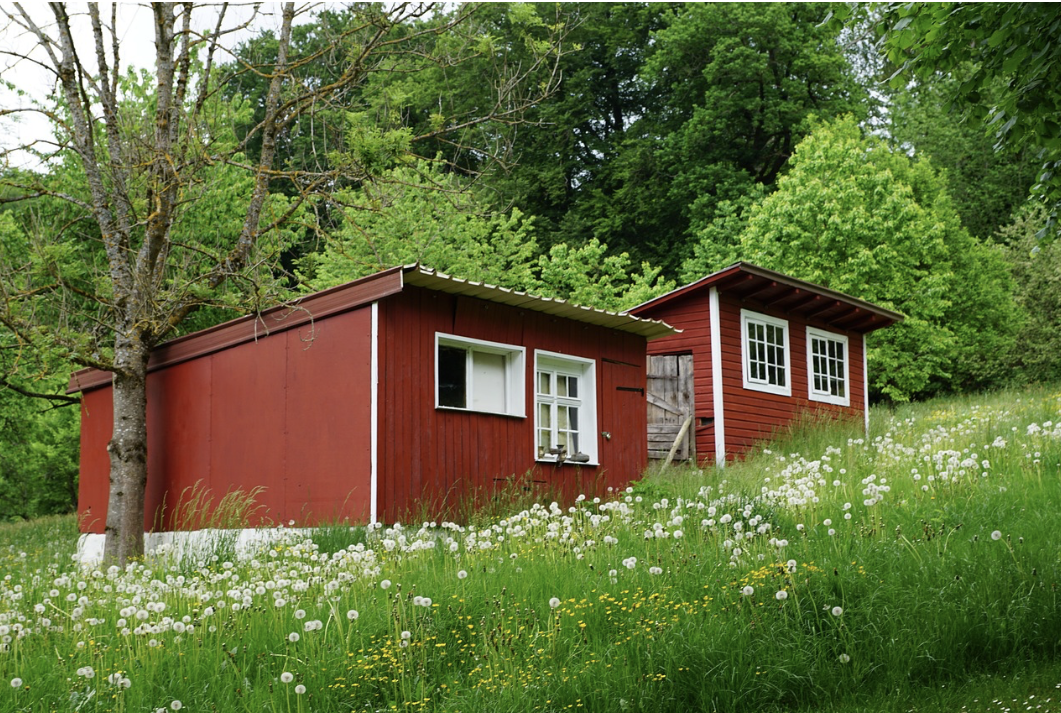How to Choose the Right Siding for Your Tiny Home's Exterior
The tiny home movement is about maximizing minimalism, yet every choice matters when designing a tiny home, notes leading property management company, okreddoors.com, one of the most visually impactful decisions you'll make is choosing the right siding for your small home's exterior. Whether building your tiny dream home or planning a makeover, finding the ideal siding can transform your space into a cozy, inviting haven. This guide is crafted to help small home enthusiasts like you understand the myriad of siding options available. By the end of this post, you'll feel empowered to select the perfect siding that suits your tiny home's personality and functionality.
The Importance of Siding in a Tiny Home
Siding is more than just an outer shell; it's critical to your home's durability and efficiency. In tiny houses, where every inch counts, the choice of siding can impact interior comfort and exterior beauty. Quality siding protects against harsh weather conditions, thereby playing a vital role in preserving your home's structural integrity over time.
In addition to protection, siding contributes significantly to your home's energy efficiency. According to the professional contractors behind KV Construction, effective siding improves insulation, helps maintain a stable indoor temperature, and reduces energy consumption. This is particularly important in tiny homes, where space for insulation is limited. Selecting siding with good thermal properties can help keep your tiny home cozy in winter and cool in summer.
Finally, the aesthetic value of siding must be balanced. Your choice of siding sets the tone for your home's visual appeal. From sleek modern panels to classic wooden shakes, your siding will define your home's look and feel, adding character and charm that reflects your personality.
Exploring Different Types of Siding
Before deciding, exploring the various types of siding available is essential.
Wood Siding
Wood siding is a timeless choice. Many tiny homeowners favor wood for its versatility and rustic charm. Options include cedar, redwood, and pine, each with distinct grains and hues that can be stained, painted, or left to age gracefully. Periodically applying sealants or paints to protect the wood is crucial. Despite its maintenance needs, wood remains a popular choice for those seeking a traditional appearance and the ability to customize with various finishes.
Vinyl Siding
While durable, vinyl may fade or crack over time, especially in extreme climates. Installation requires precision to ensure it remains watertight and visually appealing. For those prioritizing ease and cost, vinyl offers a practical solution with a clean, polished look.
Metal Siding
Metal siding is resistant to fire, providing excellent protection. Metal siding creates a sleek, contemporary facade ideal for minimalist and industrial-style tiny homes. Despite its strengths, metal can be prone to denting and may require additional insulation to prevent heat conductivity. For those looking to make a bold statement with their tiny home, metal siding offers longevity and a striking appearance.
Pros and Cons of Popular Siding Materials
Understanding the advantages and disadvantages of each siding material can guide you toward the best choice for your tiny home. Here's a closer look at the pros and cons of the most common options.
Wood Siding Pros and Cons
Pros:
Natural, inviting aesthetic
Offers a customizable finish
Eco-friendly and sustainable options
Cons:
Requires regular maintenance
Susceptible to rot and insect damage
Higher long-term maintenance cost
Vinyl Siding Pros and Cons
Pros:
Cost-effective and budget-friendly
Low maintenance requirements
Available in a variety of colors and styles
Cons:
Can fade or crack over time
Less eco-friendly due to plastic content
Susceptible to impact damage
Metal Siding Pros and Cons
Pros:
Highly durable and long-lasting
Fire, insect, and rot-resistant
Modern and industrial look
Cons:
Can dent under impact
Requires proper installation for insulation
Limited color options compared to other materials
Choosing the Right Color Palette
The color of your siding is just as important as the material itself. A well-chosen color palette can enhance your tiny home's exterior, creating a welcoming and cohesive appearance. When selecting colors, consider the surrounding environment, your taste, and community guidelines or restrictions. Neutral tones like grays, whites, and earth tones are versatile and often blend well with natural landscapes. For a bolder statement, consider vibrant colors that reflect your unique style.
Remember, lighter colors can make your tiny home appear more prominent. Before committing, consider sampling colors against your home to see how they look in different lights and weather conditions. Your siding color is a critical element of your home's identity, so take the time to choose wisely.
Choosing the right siding for your tiny home is pivotal in creating a beautiful and functional space. Consider the material, color, and additional factors like climate and budget to make a decision that enhances your tiny home inside and out. By weighing the pros and cons of each siding option and considering your unique needs, you can confidently select a siding that enriches your tiny home lifestyle.










